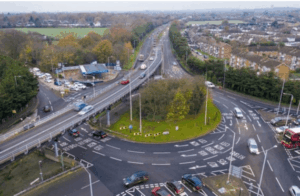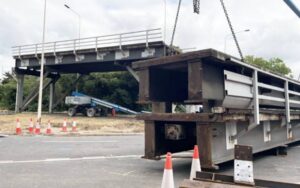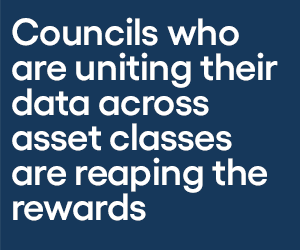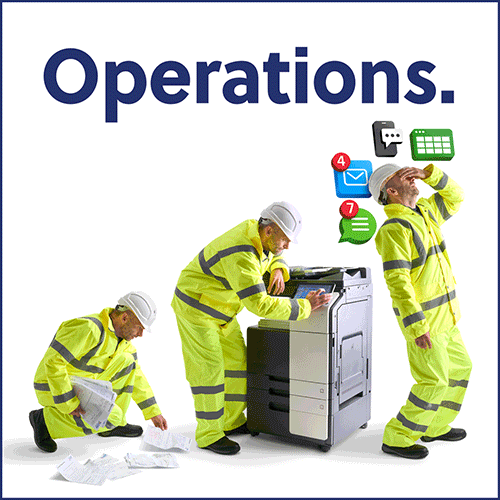Transport for London is marking ten years since contactless payment using a bank card was first introduced as a new way to pay on London’s buses, making it easier and more convenient for millions of customers.
The system, which evolved from TfL’s successful Oyster card system and was developed in partnership with the wider banking industry, allows customers to benefit from the ease and convenience of using their contactless bank card or mobile device, rather than having to pre-purchase anything. The system also allows for daily and weekly (Monday to Sunday) capping, meaning customers never pay more than the equivalent 7 Day ticket.
On its first day, only 2,061 customers made 2,586 bus journeys using contactless bank cards. Since then, the popularity of contactless, both as a means to pay generally and also as a method of paying for travel, has risen exponentially. A year after launching, TfL had seen more than 6.5 million journeys (around 33,000 bus journeys a day) being made using a contactless payment card and by December 2017, more than half a billion journeys had been made (with TfL seeing around 900,000 bus journeys a day made using contactless.)
Following the pandemic, bus ridership is now at around 80-85 per cent of pre-pandemic levels, with more than five million journeys a day being made – with around 1.7 million of those made using pay as you go with contactless. Around 70 per cent of all pay as you go journeys on buses are made using contactless payment cards or mobile devices – with the most popular bus route for contactless use the route 149 from London Bridge to Edmonton with around 100,000 contactless taps a week.
In September 2016, the introduction of the Mayor’s ‘Hopper’ fare, which offers unlimited bus and tram travel, within an hour of first touching in, for the price of a single fare, helped further increase contactless use. Since then, more than 770 million Hopper fare journeys have been made using contactless payment and Oyster cards on buses and trams across London.
TfL’s development of contactless payments is seen by many as the catalyst for contactless being adopted more generally by consumers across the world, as well as in the UK. The huge success of pay as you go with contactless in London has led to other cities across the world such as New York, Chicago and Sydney having now introduced contactless payment options for public transport based on London’s system.
Seb Dance, Deputy Mayor for Transport, said: “I’m pleased we are celebrating ten years of contactless payment being available on London’s buses. This system has helped to continue to make bus journeys easier and more convenient for millions of Londoners and visitors to our city.
“We’ve also since seen the introduction of the Mayor’s Hopper fare which means there are no extra costs for changing buses within an hour. As the most affordable and accessible transport option, the Mayor will continue to improve London’s bus network which has a central role to play in building a better, greener and fairer London for everyone.”
Andrew Anderson, Head of Customer Payments at TfL, said: “We’re delighted to be celebrating the 10-year anniversary of contactless payment on buses. The introduction of contactless was an important moment for TfL and it’s incredible how fast the last ten years have flown by. From humble beginnings, it has transformed the way our customers travel and is now the most popular way to pay as they travel in London. It signified a real step forward in how we have made our customers’ journeys easier and more convenient than ever before, positioning TfL globally as an innovator and inspiring other transport networks to follow in our footsteps.”
Norman Baker, Director of External Affairs at Campaign for Better Transport, said: “Contactless is the way forward and TfL has led the way. It is undoubtedly the case that the introduction of contactless, following on from the hugely successful Oyster card, will have pushed up the numbers using public transport, which is exactly what we at Campaign for Better Transport want to see. And confidence in the system is such that people believe with good reason that they are being charged the right fare without ever having to check. As soon as we can see similar commitment in our other major cities in England, the better.”
Joanna Davidson, CEO for London TravelWatch, said: “We can barely remember a time when you couldn’t touch in with your bank card on a London bus. That shows just how transformational contactless has been for millions of Londoners – we think that anything that makes life easier for people to get around the capital is a real positive.
“We’re looking forward to working with TfL to help support even more passengers over the next decade.”
Mandy Lamb, Managing Director, UK & Ireland, Visa, said: “Congratulations to TfL on this significant milestone. This programme quickly became the benchmark for how a simple payment experience can transform the lives of millions of commuters, every single day, not just in London, but in cities around the world. At Visa, we’re proud to have played our part.”
Kelly Devine, President, Mastercard UK&I, said: “TfL and Mastercard’s vision in the early 2000s was for a fast and frictionless experience, removing the need to queue for tickets. To date billions of journeys have been safely and securely paid with a tap of a card, phone or even wearable on London’s transport network. Since contactless was introduced on TfL buses, we’ve seen a multiplier effect in the UK where now 75 per cent of all debit card transactions are contactless. After seeing Londoners embrace tapping to pay, many cities’ public transport networks around the world have introduced the same technology, so TfL can feel proud that it led the way.”
Dan Edelman Vice President and UK General Manager, Merchant Services, American Express, said: “American Express is proud to have been involved from the very start with the development of contactless payments on London’s buses. As a leader in payments, we’re committed to making it easier and more convenient for our Cardmembers to use their American Express Cards wherever they are. Through our long-standing partnership with TfL, our Cardmembers are able to tap, pay and go on their daily commutes or while exploring the capital.”
(Picture – TfL)























